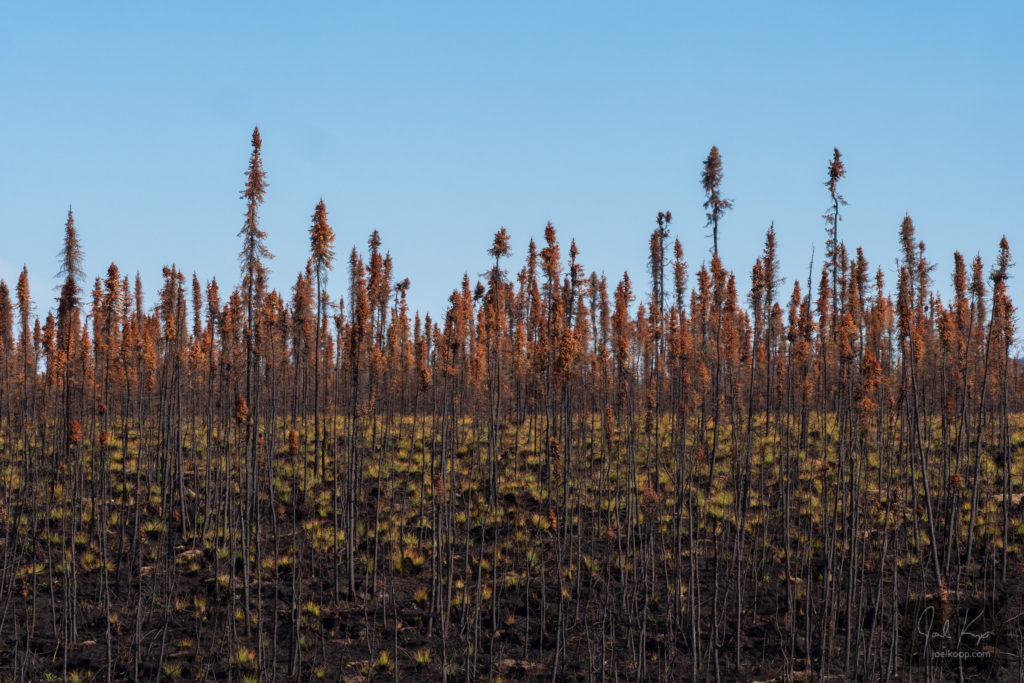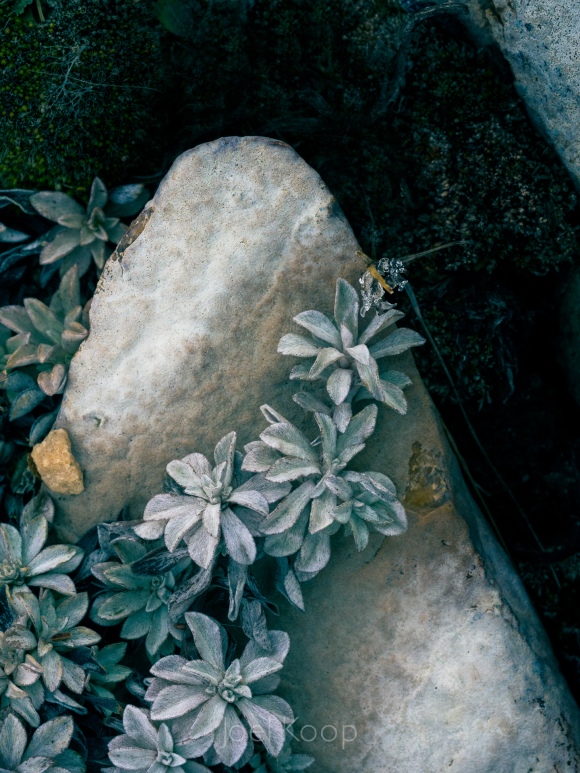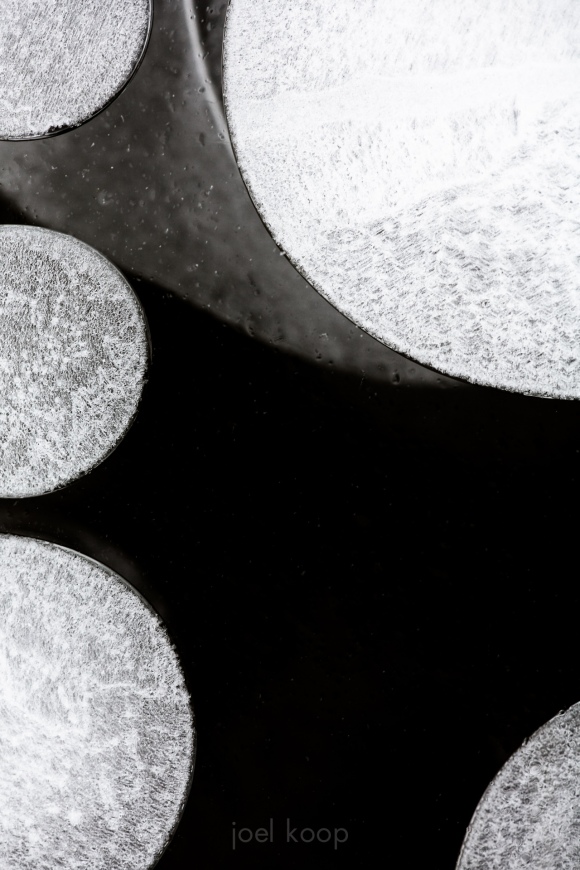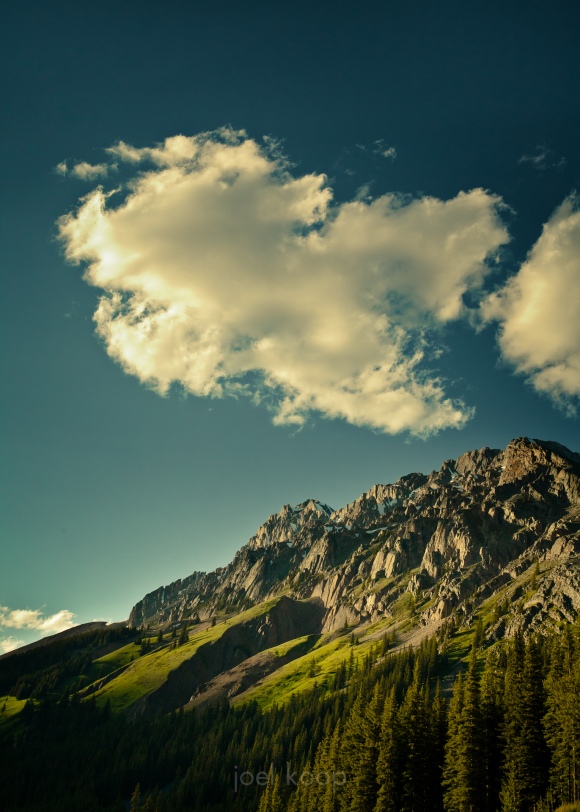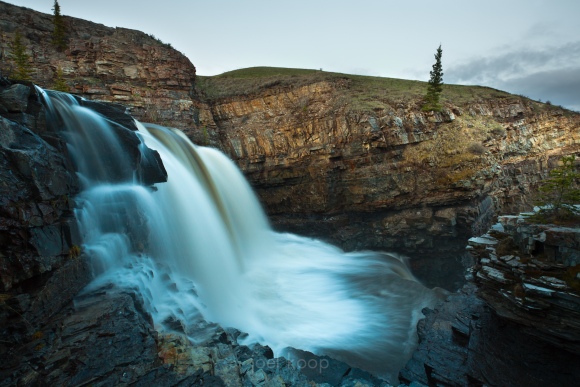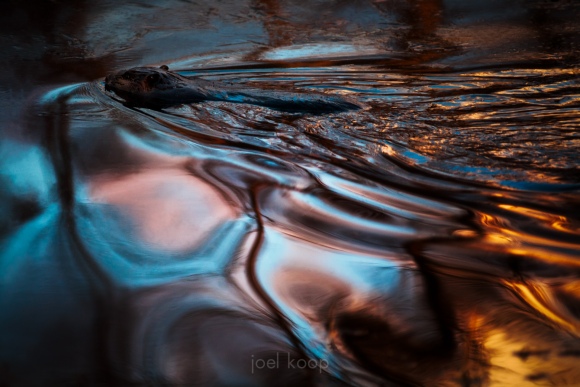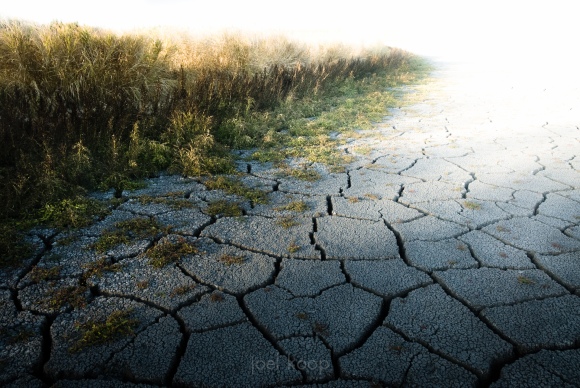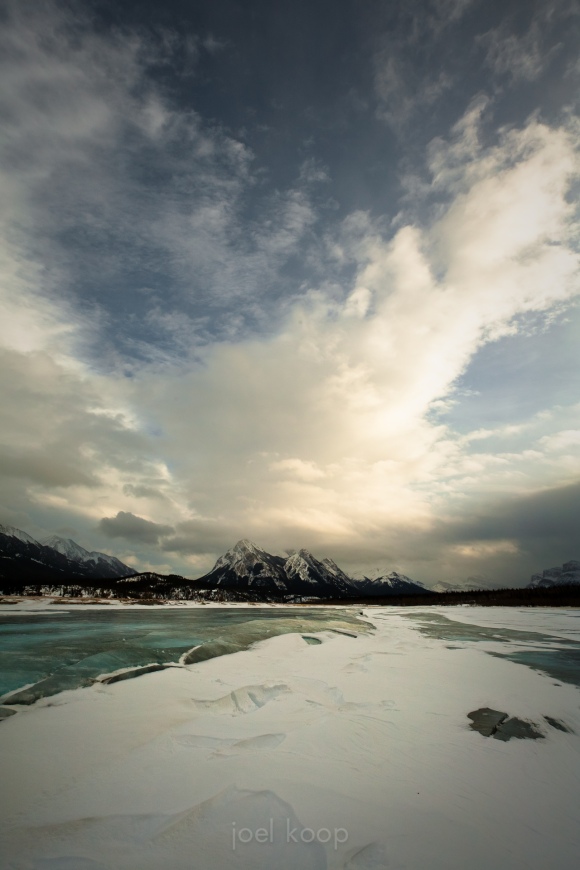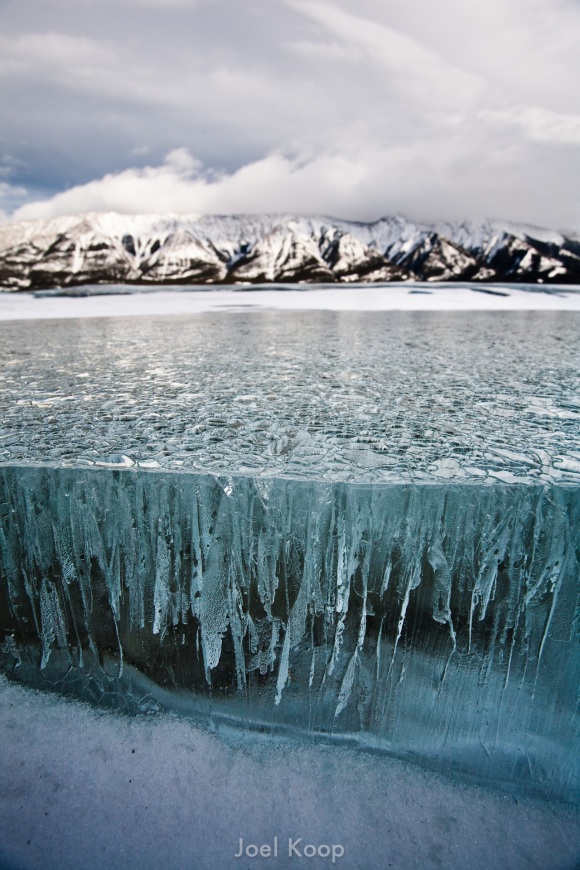There are photographs everywhere—online, in coffee shops, in museums, on billboards. That makes it easy to be aware of what photographers and artists are doing. Artists are often inspiration to each other, and I have definitely experienced this in my interactions with artists in all kinds of mediums. Sometimes the inspiration is conscious and sometimes subconscious, but it happens all the time. I want to acknowledge some of the photographers who have inspired me, and this could be a long list. So I’ll mention them as they come up. I already mentioned Darwin Wiggett a few days ago. This photo was inspired by Jonathan Martin-DeMoor, which I guess means we have a cycle of inspiration going. That is awesome, and often when you get new and interesting work happening—when two artists spur each other on.
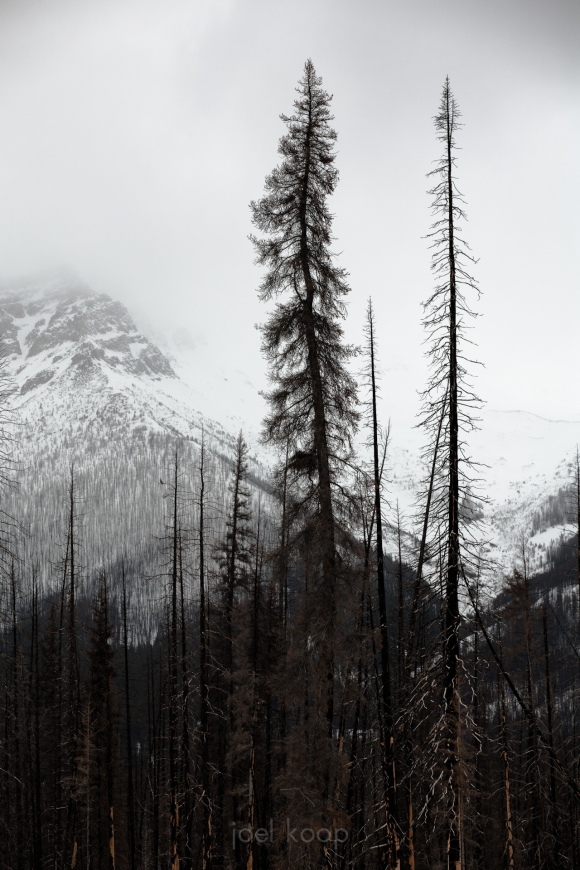
Just so it’s clear, I’m not talking about copying. This also happens all the time, and I’m not a fan. This is one thing I was worried about going out to Abraham Lake after seeing photos of it. You actually have to work at avoiding taking the same picture as everyone else. Or maybe you have to take it to get past it, I’m not sure yet. But I am never happy to have the same composition I’ve seen before, even if the light or the weather is different. I’m a creative person, and I want to interact with the landscape myself, not just see it through someone else’s eyes.
Sometimes I want to go to the same places I’ve seen photographed when the area looks interesting, but I’m never interested in duplicating someone else’s work. That is how the landscape spoke to them, not me. I want my photography to share my personality.
